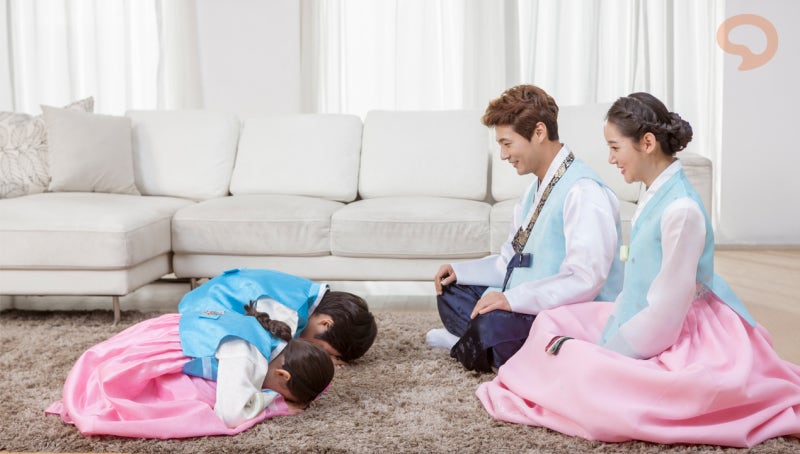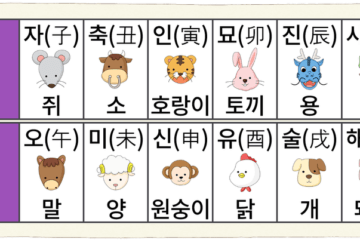Bowing
Korean etiquette places a lot of emphasis on greetings. Korean welcomes might occasionally seem incredibly alien to Westerners.

However, when learning about Korean culture, one component of Korean living that cannot be overlooked is greetings. It’s polite to say “Annyeong haseyo?” when meeting someone new or when meeting people of diverse ages in Korea.
It is customary for the younger person to introduce themselves first, and the recipient is expected to do the same or react politely. However, if one person is older or of more rank than the other, such as a parent or teacher, they will greet children or pupils verbally rather than with a bow.
You can assume that there is a hierarchy of status between the two people when you hear a greeting or salutation. Not only do Koreans greet one another when they first meet, but they also greet one another as they separate ways. “Annyeonghi gaseyo” is the traditional parting greeting.

There is a more respectful greeting known as “Kunjeol,” which is used to address someone who are more senior or of a higher social standing. This particular move is performed both on one’s knees and with the head lowered.
This is typically done on holidays like New Year’s Day or when visiting an ancestor’s grave. ‘Sebae’ is the name for the large bow given to adults on New Year’s Day. Like mastering the Korean language, learning how to greet people is crucial.
People will appreciate your civility now that you are aware of the fundamental manners for meeting, greeting, and parting with others.


0개의 댓글